Table of content
Introduction
Mugwort rice cakes, known as Ai Ye Ba Ba in Chinese cuisine, are a beloved traditional snack celebrated for their vibrant green hue, chewy texture, and earthy aroma. Derived from fresh mugwort leaves (Artemisia argyi), these cakes offer a unique blend of herbal sweetness and springtime freshness. However, one common challenge home cooks face is the persistent bitterness that can overshadow the delicate flavor of the dish. This bitterness, stemming from the natural compounds in mugwort leaves, requires careful handling during preparation. In this guide, we explore the science behind mugwort’s bitterness and provide a step-by-step methodology to neutralize it, ensuring your Ai Ye Ba Ba achieves the perfect balance of flavor and texture.
Understanding the Bitterness in Mugwort Leaves
Mugwort leaves contain sesquiterpene lactones, a class of organic compounds responsible for their characteristic bitter taste. These compounds act as a natural defense mechanism for the plant, deterring herbivores. While these lactones contribute to mugwort’s medicinal properties—such as aiding digestion and reducing inflammation—they can render the rice cakes unpalatable if not properly treated. The goal of debittering is not to eliminate these compounds entirely but to reduce their concentration to a level that complements the sweetness of the filling and the richness of the glutinous rice dough.
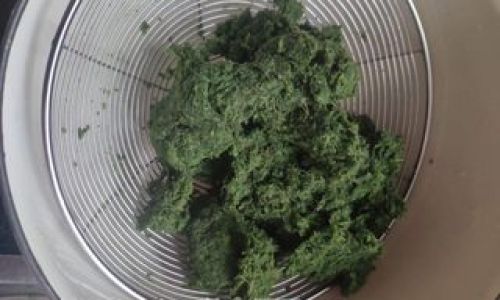
Material Selection and Preparation
Choosing the Right Mugwort Leaves
- Seasonal Timing: Harvest mugwort leaves in early spring when they are tender and before the plant flowers. Younger leaves contain lower concentrations of bitter compounds.
- Appearance: Select leaves with a deep green color, free from blemishes or yellowing. Avoid leaves with thick stems, as they harbor higher bitterness.
- Storage: If using store-bought mugwort, opt for frozen or vacuum-sealed varieties, as they undergo partial blanching during processing, reducing initial bitterness.
Essential Ingredients for Debittering
- Baking Soda (Sodium Bicarbonate): A mild alkaline agent that neutralizes bitter compounds through chemical reactions.
- Kosher Salt: Enhances osmosis during soaking, drawing out bitter residues.
- Rice Vinegar or Lemon Juice: Acidic agents that balance alkalinity and add brightness.
- Sugar or Honey: Counteracts residual bitterness during the dough preparation phase.
Step-by-Step Debittering Process
Step 1: Initial Cleaning and Sorting
- Rinse the Leaves: Submerge fresh mugwort leaves in cold water, agitating gently to remove dirt and debris. Repeat this process 2–3 times until the water runs clear.
- Trim Stems: Use kitchen shears to remove thick stems, retaining only the tender leaf blades. Stems contain fibrous tissues that retain bitterness.
Step 2: Blanching (The First Line of Defense)
Blanching is the most critical step in reducing bitterness. It involves:
- Boiling Water: Bring a large pot of water to a rolling boil. Add 1 teaspoon of baking soda per liter of water. The alkaline environment helps break down sesquiterpene lactones.
- Submerge Leaves: Add the cleaned mugwort leaves and stir gently. Blanch for 45–60 seconds. Overcooking may dull the green color and destroy nutrients.
- Shock in Ice Water: Immediately transfer the blanched leaves to an ice bath. This halts cooking and preserves the vibrant hue while locking in flavor.
Step 3: Alkaline Soaking
After blanching, an overnight soak in alkaline water further reduces bitterness:
- Prepare the Soak: Dissolve 1 tablespoon of baking soda in 4 cups of cold water.
- Submerge Leaves: Place the blanched mugwort in the solution and refrigerate for 12–24 hours. Change the water once after 6–8 hours to prevent sogginess.
Step 4: Acidic Rinse
To neutralize excess alkalinity and enhance flavor:
- Drain and Rinse: Remove the leaves from the alkaline soak and rinse under cold running water.
- Acidic Bath: Soak the leaves in a mixture of 1 part rice vinegar (or lemon juice) to 4 parts water for 15 minutes. This step restores pH balance and adds a subtle tang.
Step 5: Final Purée Preparation
- Squeeze Dry: Gently press the leaves between paper towels to remove moisture without crushing them.
- Blend: Combine the leaves with a small amount of fresh water in a blender. Process until smooth, adding water incrementally to achieve a paste-like consistency.
- Strain (Optional): For a finer texture, pass the purée through a fine-mesh sieve to remove fibrous strands.
Dough Preparation and Flavor Balancing
Even after debittering, the mugwort purée may retain subtle bitterness. Here’s how to counterbalance it during dough preparation:
- Sweetener Ratio: Add 1–2 tablespoons of sugar or honey per cup of glutinous rice flour. Adjust to taste.
- Fat Content: Incorporate 1–2 tablespoons of coconut oil or lard into the dough. Fat molecules coat taste buds, masking residual bitterness.
- Aromatic Fillings: Pair the cakes with sweet fillings like red bean paste, black sesame, or crushed peanuts mixed with brown sugar. These flavors create a harmonic contrast.
Cooking Techniques to Preserve Flavor
- Steaming vs. Pan-Frying:
- Steaming: Retains moisture and herbal notes. Line the steamer with parchment paper to prevent sticking.
- Pan-Frying: Develops a crispy exterior. Use a non-stick pan with a thin layer of oil and cook over medium heat to avoid burning.
- Temperature Control: Avoid high heat, which can caramelize sugars and amplify bitterness.
Troubleshooting Common Issues
- Persistent Bitterness:
- Increase baking soda during blanching (add ½ teaspoon more) or extend the alkaline soak by 4–6 hours.
- Add a pinch of salt to the dough, as sodium ions can suppress bitter taste receptors.
- Mushy Texture:
Over-blanching or excessive soaking can break down cell walls. Reduce blanching time by 15 seconds and use a salad spinner to remove excess moisture before blending.
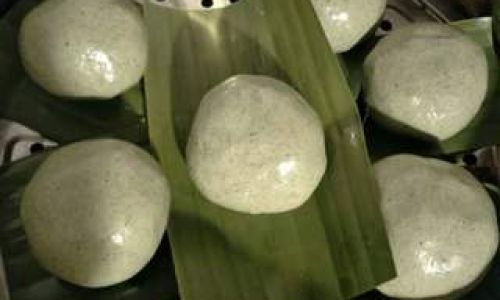
- Dull Color:
Avoid acidic ingredients during blanching, as they can degrade chlorophyll. Add vinegar only during the final rinse.
Cultural and Nutritional Context
Ai Ye Ba Ba holds cultural significance during Qingming Festival (Tomb-Sweeping Day), when families honor ancestors with offerings of seasonal foods. Beyond tradition, mugwort is rich in antioxidants, vitamins, and minerals, making these cakes a guilt-free indulgence. The debittering process not only enhances palatability but also preserves the plant’s nutritional integrity.
Conclusion
Mastering the art of debittering mugwort leaves transforms Ai Ye Ba Ba from a challenging recipe into a culinary triumph. By combining scientific principles (alkaline hydrolysis, osmosis, and flavor pairing) with traditional techniques, you can create cakes that are visually stunning, aromatically enticing, and perfectly balanced in flavor. Remember that patience is key—rushing the soaking or blanching steps may compromise the results. With practice, you’ll achieve a nuanced bitterness that elevates the dish rather than dominates it, paying homage to the humble mugwort plant’s enduring legacy in Asian cuisine.
Final Tip: Experiment with fillings and presentations! Roll the cakes in toasted sesame seeds, stuff them with purple sweet potato paste, or serve them with a drizzle of honey for a modern twist. The possibilities are as endless as the spring fields where mugwort thrives.
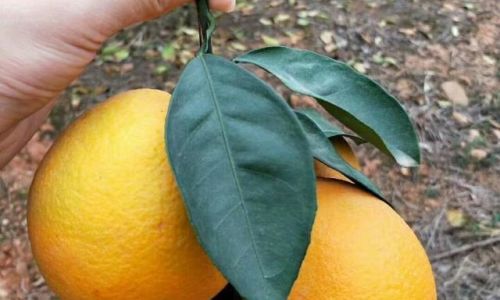


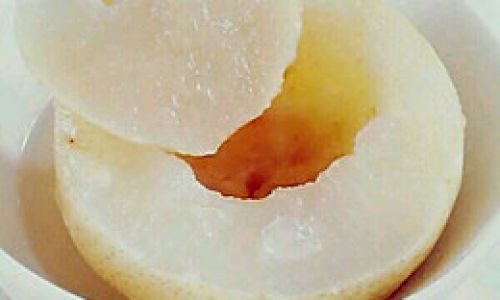
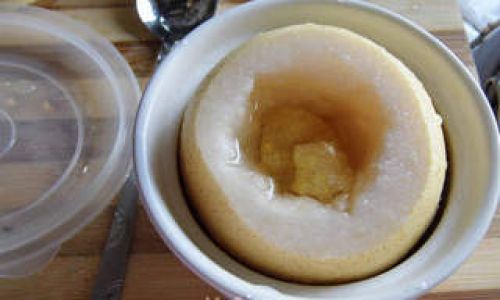
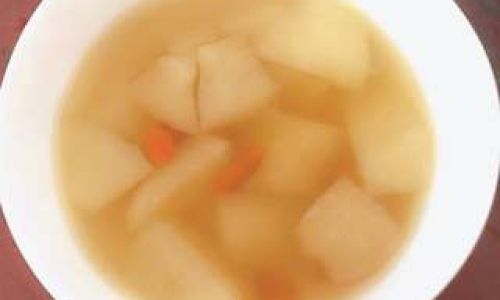
0 comments